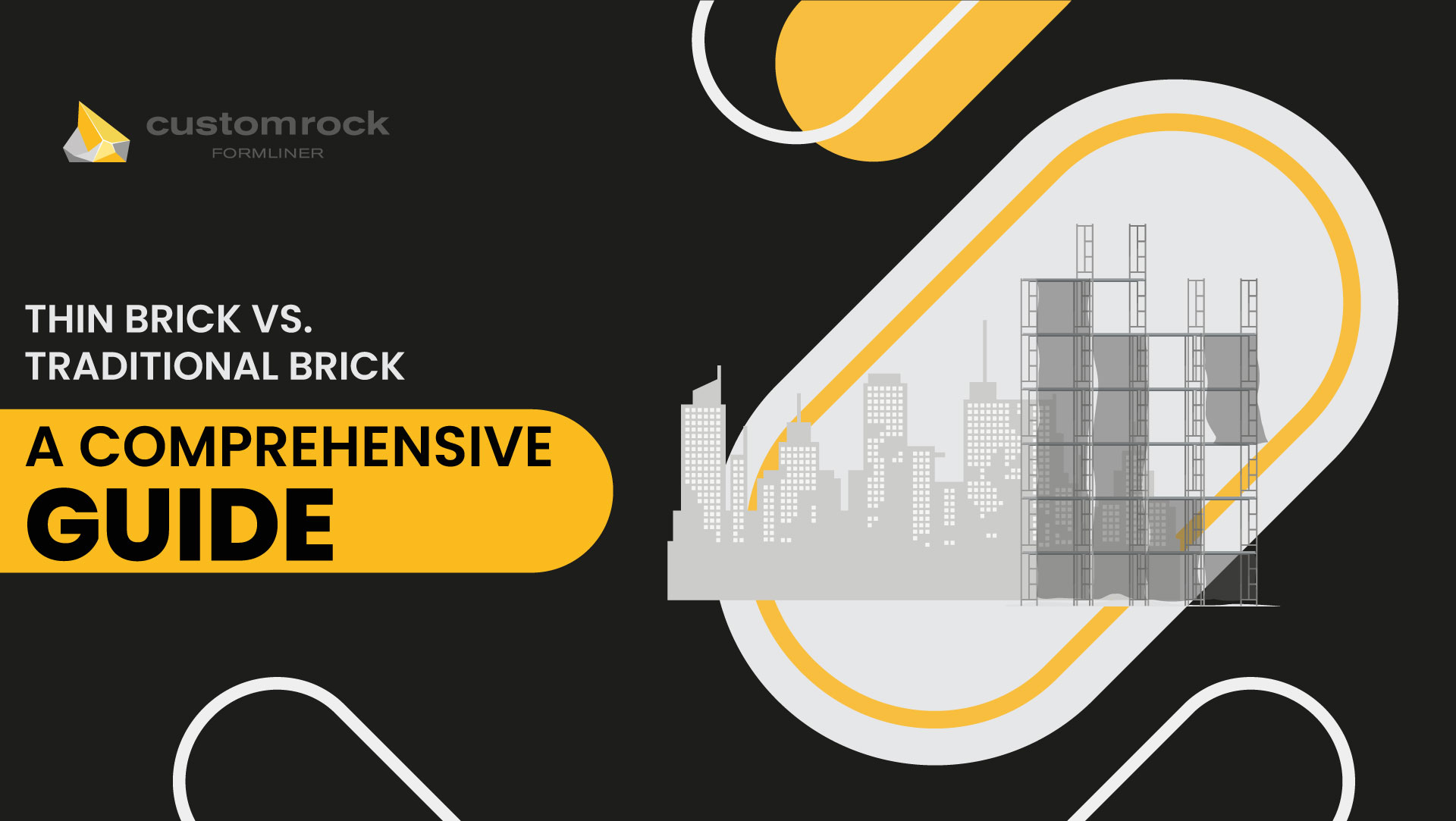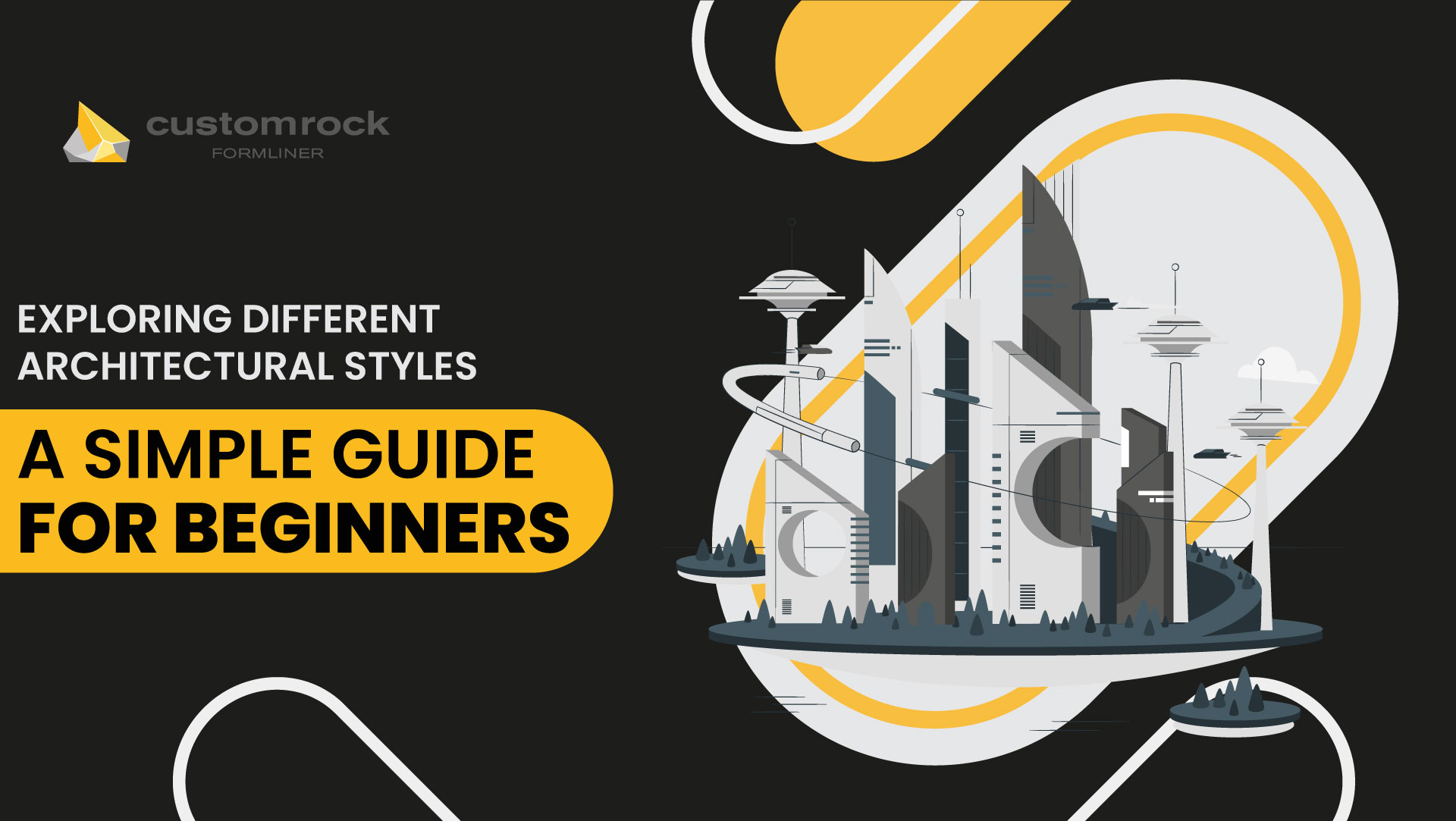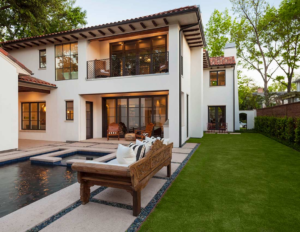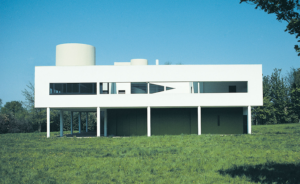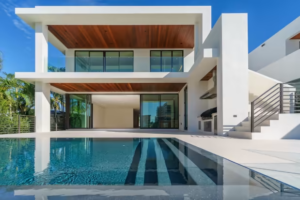TL; DR
Confused about what to pick between thin brick and traditional brick for your construction project? We’re here to help. Thin brick is lightweight, cost-effective, and versatile but may have durability issues and limited styles.
Traditional brick is durable, offers extensive design options, and is fire-resistant, but it’s heavier and comes with higher initial costs. Consider project requirements, budget, aesthetic preferences, and long-term durability needs when making the decision.
Thin brick suits renovations with space limitations, while traditional brick is ideal for new constructions prioritizing longevity and design versatility.
Thin Brick vs. Traditional Brick: Pros and Cons for Your Project

In the world of construction, the choice of brick has a significant impact when it comes to aesthetics and functionality. Two main choices for architects are thin brick and traditional brick.
Thin brick has a slender profile and adaptability. It differs from traditional brick which offers architecture timeless durability and charm.
This blog will delve into the pros and cons of these brick types and try to guide individuals and professionals in selecting the ideal brick for their construction projects. So without further ado, let’s get started.
What is Thin Brick?
Thin brick, also known as slim brick, is a variation of brick that has a thinner profile. This brick measures around 0.5 to 0.75 inches in thickness.
Thin brick maintains the visual appeal and composition of conventional brick but it is more lightweight.
Advantages of Thin Brick
Let’s take a look at the advantages of thin brick for construction:
● Lightweight and Ease of Handling
The reduced thickness of thin brick significantly decreases its weight which makes it easier to transport, handle, and install. This characteristic also helps cut down labor costs and simplifies the installation process compared to traditional brick.
● Versatility in Application:
Thin brick’s slim profile ensures its application as a veneer for both interior and exterior. It is an excellent option for renovations, accent walls, fireplaces, and areas without enough space.
● Cost-Effectiveness:
While prices may vary, thin brick can sometimes be more cost effective than traditional brick due to reduced material and labor costs.
Its lightweight nature also minimizes structural requirements, which helps reduce overall construction expenses.
Disadvantages of Thin Brick
Let’s take a look at the disadvantages of thin brick in this section:
● Potential Durability Issues
Thin brick may exhibit less durability compared to traditional brick, especially in harsh weather conditions. Its thinner profile could make it prone to damage or erosion over time.
● Limitations in Styles and Colors
The range of styles and colors available in thin brick might be more limited compared to the vast selection offered in traditional brick, potentially restricting design choices for certain projects.
● Need for Sealants or Coatings
To enhance durability and protect against moisture penetration, thin brick might require sealants or coatings, adding to the overall cost and maintenance considerations.
Understanding the characteristics and trade-offs of thin brick is essential when evaluating its suitability for different construction projects.
What is Traditional Brick?
Traditional bricks are a cornerstone in construction and are known for their sturdiness and appeal. These bricks typically measure around 2 ¼ by 4 by 8 inches and have a solid structure. These bricks have been utilized in construction for centuries.
Advantages of Traditional Brick
Let’s take at some of the advantages traditional bricks have to offer:
● Exceptional Durability:
Traditional brick is renowned for its durability and ability to withstand different weather conditions. Its composition ensures its longevity which makes it a preferred choice for long-term structures.
● Aesthetics and Design Versatility:
With an extensive range of colors, textures, and styles available, traditional brick offers unparalleled design versatility. This allows for detailed patterns, finishes, and unique architectural aesthetics.
● Fire Resistance and Low Maintenance:
Traditional brick is fire-resistant which provides an added layer of safety and security to structures. Moreover, once installed, traditional brick requires very low maintenance and retains its original appearance well over time.
Disadvantages of Traditional Brick:
While it also has plenty of advantages, it comes with a few downsides too. Let’s take a look at them:
● Heavyweight and Installation Challenges
The weight of traditional brick and stronger structural support increases labor requirements during installation. This can increase construction costs and extend project timelines.
● Higher Initial Cost
Traditional brick tends to be more expensive than thin brick due to higher material costs and the installation process. This upfront cost might pose a challenge for projects with low budgets.
● Less Suitable for Specific Applications
Its larger size and weight make traditional brick less suitable for certain renovation projects where there are space and weight limitations.
Choosing the Right Brick for Your Project
Deciding between thin brick and traditional brick requires careful consideration of various factors tailored to the requirements of your construction project.
Factors Influencing the Decision
● Project Requirements and Constraints
Make sure to analyze the nature of your project. Consider whether weight limitations, space constraints, or structural needs play a crucial role in deciding the type of brick suitable for your project.
● Budget Considerations
Evaluate the budget allocated for the construction. While traditional brick might have higher initial costs, it has better long-term benefits and potential savings in maintenance.
● Aesthetic Preferences:
Explore the design aspects and aesthetic goals of your project. Traditional brick offers a wide range of colors, textures, and finishes which allows for intricate designs. On the other side, thin brick might have some limitations in design options.
● Long-Term Durability Needs:
Contemplate the longevity and resilience required for your structure. Traditional brick might be more suitable if the project demands superior durability against harsh weather conditions or other external factors.
Final Thoughts
Thin brick, with its lightweight and versatile application, can be an ideal choice for renovation projects where there are space limitations. It can offer a fresh aesthetic without compromising structural components.
Traditional brick, with its durability and appeal, might be more fitting for new construction projects where longevity, fire resistance, and design versatility are important.
If budget constraints are a primary concern, thin brick is an ideal choice for you as it has a lower upfront cost.

